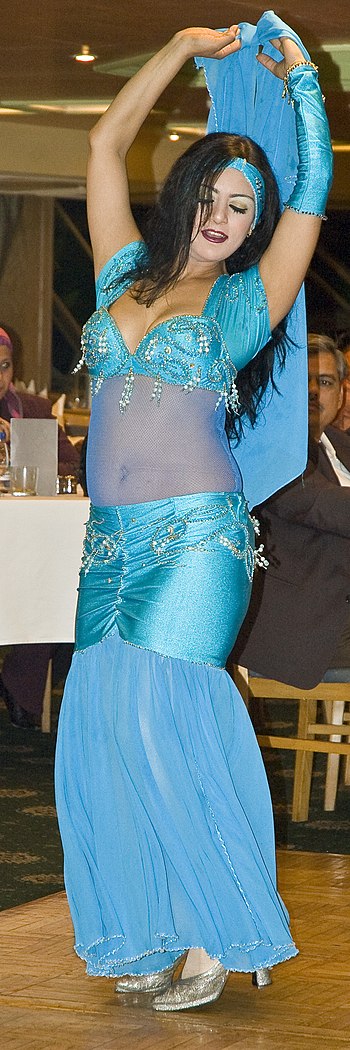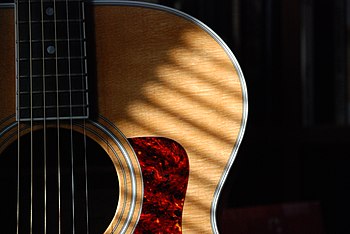Notes from an era of true free expression where we were "spoilt for choice" with the newest musical innovators. Before the onslaught of the digital age and the polarisation of modern music we experienced a cultural revolution which, in my humble opinion, has yet to be equalled in successive generations ...
 |
| Cropped screenshot of Bing Crosby from the trailer for the film Road to Singapore. (Photo credit: Wikipedia) |
I suppose my first realisation that music was something more relevant than learning the words to carols for the school Christmas concert was appreciating my Dad's collection of 78s'. He was a man with unusual tastes in music. My contemporys' parents listened to American crooners, like Bing Crosby, Dean Martin and the like, or the big band sounds of the day.
But my Dad had individual tastes which included Eastern European folk music, Scottish bagpipe ballads and Welsh miners choirs; plus my first introduction to classical such as exciting pieces like Aram Khachaturian's "Sabre Dance".
My Mother, a dedicated Crosby fan, disliked these strange sounds to the extent that she banished any playing of the 'caterwauling' to our barn, a large wooden structure at the back of the house. This suited my Dad, and me, just fine.
He would mend bikes and tinker with machinery in one corner, while I would curl up on a battered leather sofa looking at pictures in old movie magazines, giggling at jokes in back copies of Lilliput and reading girlie type books (Little Women, Black Beauty etc.) while the haunting strains of Bulgarian womens' voices, Highland airs or the overwhelming sound of Welshmen giving it their all emanated from the old wind up gramaphone; memories are made of this.
Musically I've come full circle. with the increasing popularity of 'world music' I am, once again, enjoying Bulgarian women's harmonies and Welsh folk songs along with the exciting newcomers from African and Latin American roots.
Every generation, mostly, think that they have experienced the 'best' period of topical music, but I do feel that the sixties were a special case. Consider this; any weekend my friends and I had a difficult decision to make. Did we go 'up town' to Ken Colliers to see American blues stars like Big Bill Broonzy or jazz giants like Dizzy Gillespie; or perhaps to the Marquee or 100 Club to listen to the up and coming Britishers like Paul Weller in the Jam, Eric Clapton and the Yardbirds and Georgie Fame with the All Stars.
Or did we stay closer to home and go to the Riki Tik in Windsor and risk asphyxiation in the tiny room listening to an exciting new group called the Rolling Stones. And that was only the start; what about Osterley where you could hear John Lee Hooker, Sonny Terry and Brownie McGee and any number of other Southern American blues stars; or Windsor Drill hall where, on a Friday night you could enjoy the best of Cyril Davies and the All Stars, which usually featured one of my favourites, Long John Baldry.
And, if you were willing to risk parental wrath, it had to be Eel Pie Island in Twickenham, a den of iniquity where you could hear the best of new rhythm and blues; smell strange substances burning in the air and where I first encountered psychadelia in the shape of Pink Floyd whose innovative light shows of coloured lava lamp blobs popping and forming ever different shapes were the precursor of the giant video screens of today. To say we were spoilt for choice is not to overwork a phrase.
I haven't even mentioned the many folk clubs sprinkled about which I visited with my friend Lucy as a guest singing duo, where we shared stages with the likes of Bert Jantz, Duster Bennett, Cat Stevens . . We would travel to isolated venues in the heart of the Berkshire countryside and find ourselves in a barn somewhere, with people sitting on hay bales and listening to the stirring voices and lyrics of Sandy Denny, Davy Graham and John Remborne, or even the Wurzels (bring your own cider!).
If you wanted to dance, but strictly not ballroom, you could stomp the night away at a selection of 'trad jazz' clubs. Bands of various styles were always on tap; Dick Morrisey, the aforementioned Ken Collier, Acker Bilk; It really was a golden age for live music of every kind. And it didn't cost an arm and a leg to indulge yourself. If we paid more than a couple of quid to get in we felt hard done by. Even special occasions, like seeing the Who or Cream at the Hammersmith Odeon were cheap at the price.
Wherever we hung out with our mates there was music. This was the age of the coffee bar, always with a juke box in the corner belting out such classics as 'Dock on the Bay', or Buddy Holly's latest or Aretha Franklin, Jimi Hendrix, Joan Biaz; where to stop! Before the fashion for 'personalised music' (catered for firstly by the Walkman and now in it's newest incarnation, the ipod) the latest tunes brought like minds together. A normal Saturday outing was to the local record shop where friends would crowd into a booth together to hear the latest in the 'charts'.
Maybe it was all just 'fashion' but, as the years race by, that sixties music has stood the test of time. Many of our heroes are still household names. Our children still appreciate such giants as Bob Marley, Jimi Hendrix and Otis Redding. The likes of Paul Weller, Rod Stewart, the Rolling Stones still tour all over the world. Am I showing my age when I find it hard to appreciate modern day offerings? Of course I am but no more than any other person who has let music into their life.
From the moment the first cave man (or woman) discovered how to make musical 'sounds' from reeds or rocks, water or wood, we have enjoyed the privilege of a great gift. How to explain the catch at the back of the throat when we hear a familiar song or melody? How to describe the pure feeling of exhilaration and joy as many human voices come together to sing some particularly uplifting work. I dare anyone to say they have never felt that. And if some hardened souls insist that is the case; well I feel very sorry for them.
Author:Fabio Marcell















